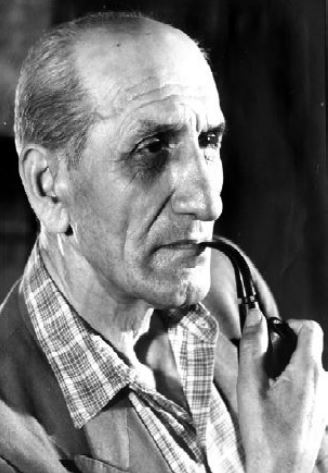
Ion Stroescu was born in Ploiești on 13 August 1888. He studied primary and high school in Ploiești, then he became a sports teacher at the Central School of Gymnastics in Bucharest. Very early in his youth he became addicted to aviation, especially for aerodynamics. In 1910 he founded an association of aeronautical constructions, where the photo below was taken:
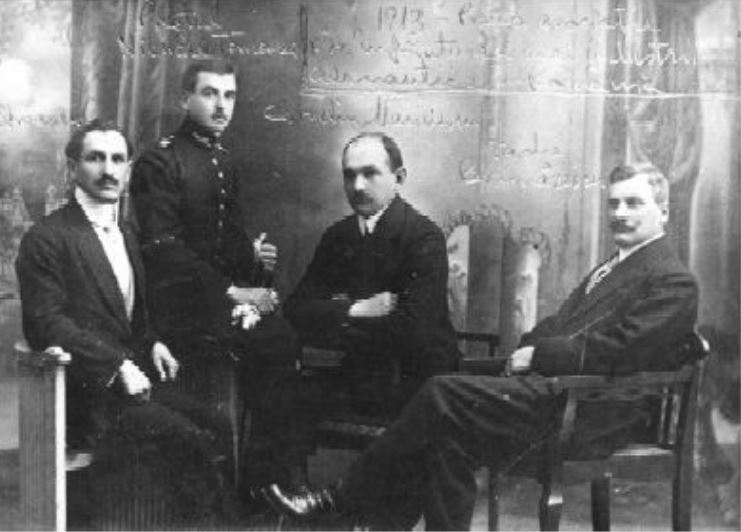
Ion Stroescu, Nicolae Tănase, Coreneliu Marinescu and Tache Brumărescu at 1910, in the new association for promoting the aeronautical constructions (photo: Dan Antoniu).
In 1925 he published an important book on aerodynamics, New Perspectives in Airplane Aerodynamics. The book was handwritten, and reproduced by lithography. In 2013, INCAS published it in facsimile and thus it has been preserved. The depth of the analysis of the physical phenomena indicate a fascinating intuition for aerodynamics.
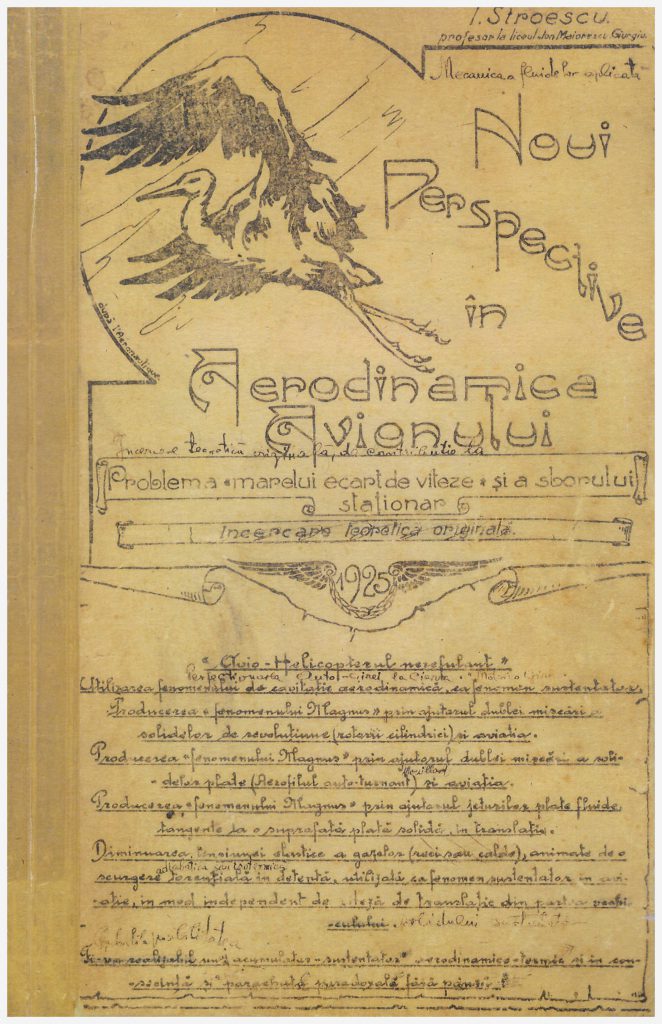
In the same year, he applies for two valuable patents, for controlling the boundary layer by injection-suction and blowing-out (patents 11.169/1925 and 13.677/1925 Ion Stroescu).

He built his first wind tunnel in 1927 at Râmnicu Sărat, in the sports room of the high school he was teaching.

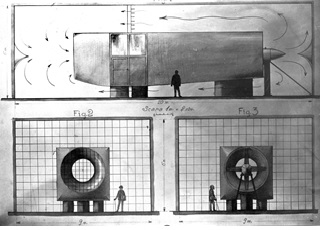
Illustrations show the blue prints of the Wind Tunnel in Râmnicu Sărat and photos during construction.
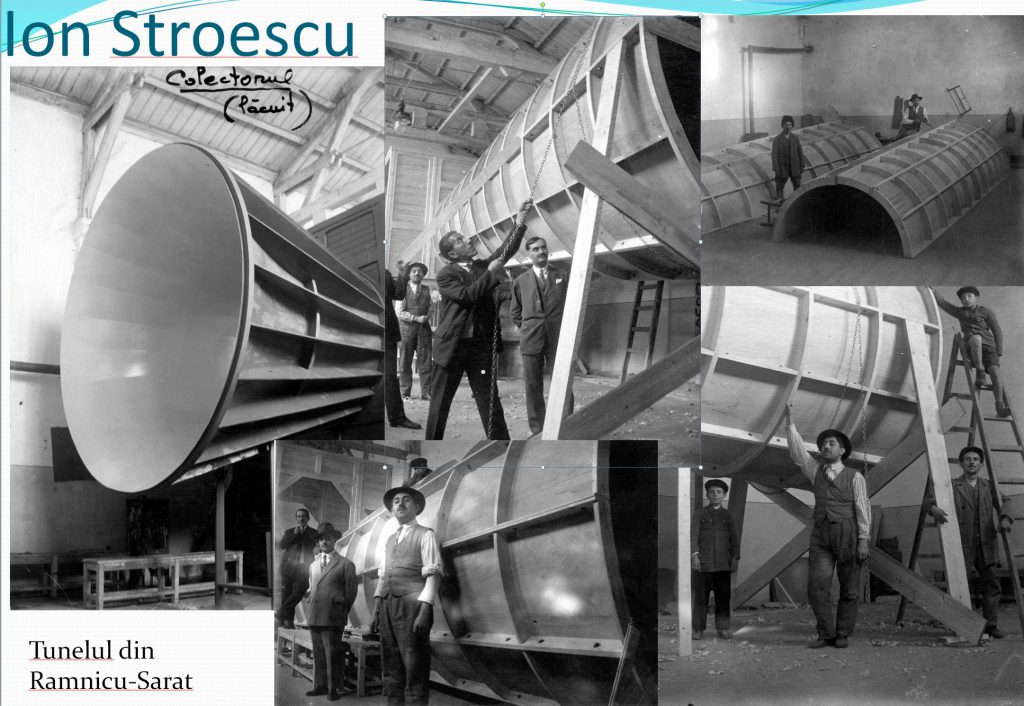
The new Wind Tunnel attracted Prof. Elie Carafoli’s attention, the well known Romanian aerodynamics expert, the founder of the aeronautical engineering school. He tried to stop the demolition of the tunnel, ordered by the Ministry because it ”abusively” occupied the sports room. He did not managed that, but managed instead to get an order for Ion Stroescu to be assigned at the Politechnical School.
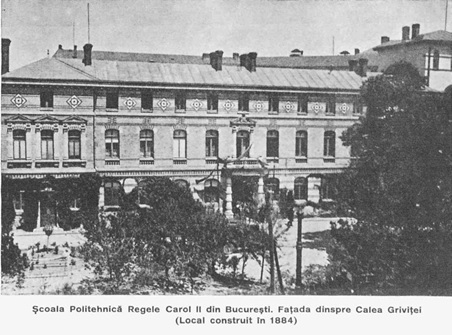
In 1929 Carafoli appointed Stroescu as assistant professor at the Department of Aerodyanmics. Under his supervision, Ion Stroescu designed and managed the works for the new Wind Tunnel of Polizu.
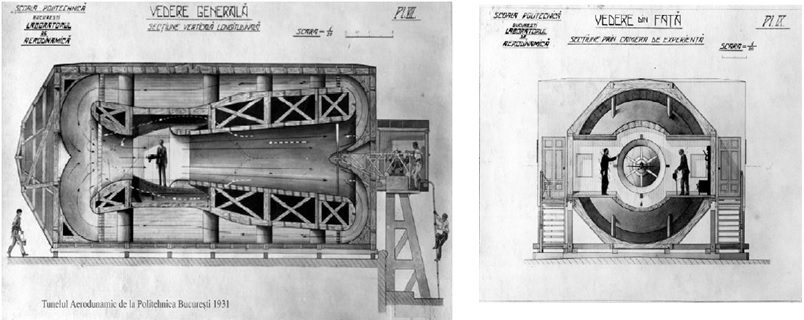
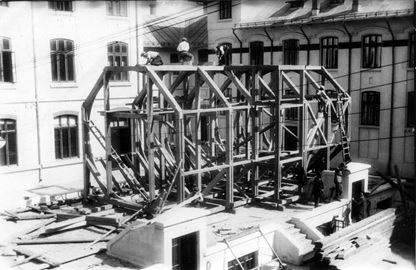
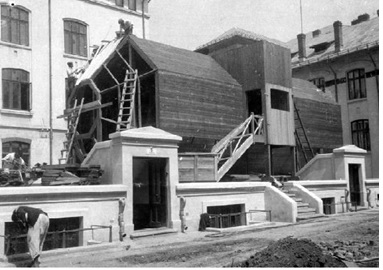
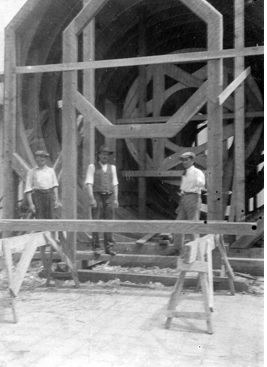
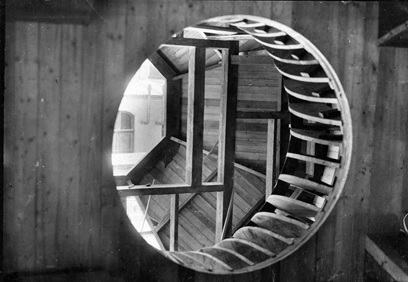
In the experimental section of the tunnel, the models of all Romanian airplanes were to be tested. The room was equipped with an aerodynamic strain cage, another invention, which demonstrate the creativity of the Romanian pioneers of aerodynamics.

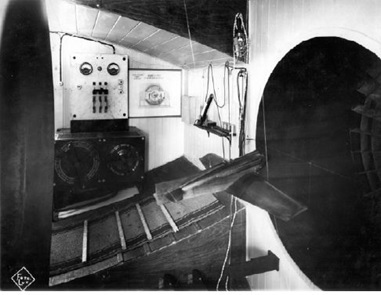
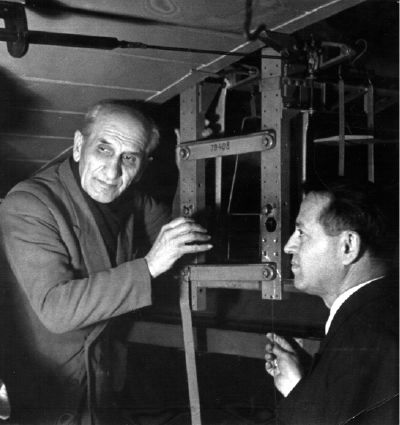
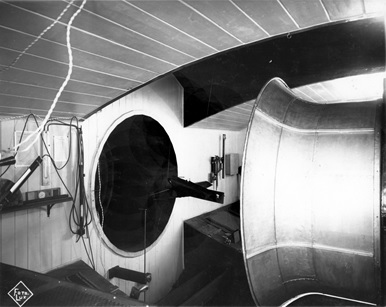
On 7 May 1931, King Carol the 2nd, together with Prince Nicolae, with Prime Minister Nicolae Iorga and with the Rector of the Politechnical School, Nicolae Vasilescu-Karpen inaugurate the most important Wind Tunnel in South-East Europe, and one of the most advanced and well equipped in Europe at the time.
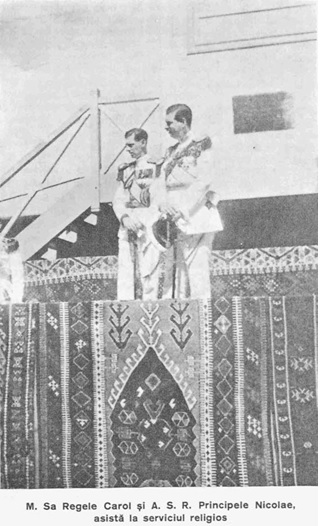
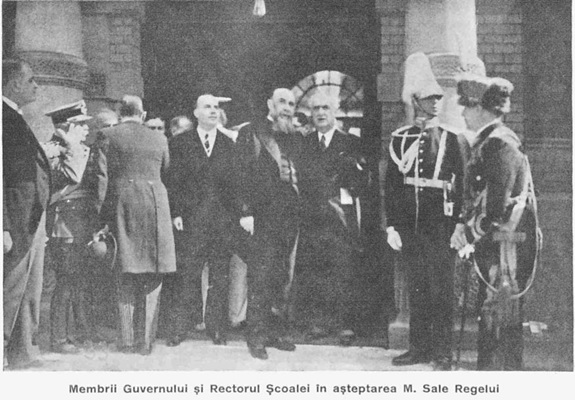
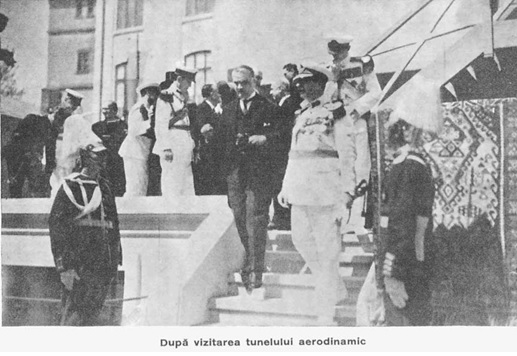
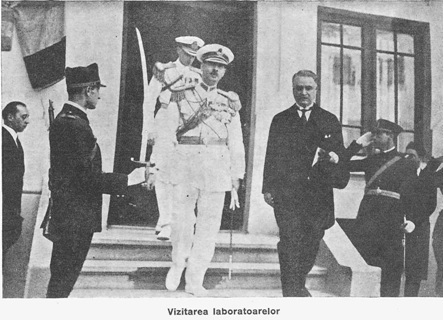
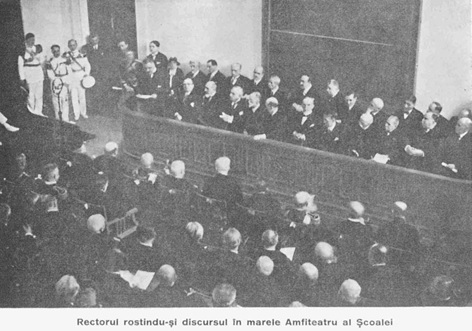
We may easily recognize the ”Grand Amphitheatre of the School”, currently known as the F024 Acad. Virgiliu N. Constantinescu Amphitheatre of the Faculty of Aerospace Engineering. The Wind Tunnel in Polizu contributed to the relative superiority of the Romanian aeronautical industry before and during WWII. Hundreds of new aircraft designs, wing airfoils and other parts could be tested. Some of the aircraft designed in this Wind Tunnel were matching the performance at the highest standards worldwide, competing with American, British or German aircraft.
In 1937 Ion Stroescu got another assignment, with the Faculty of Sciences of the University of Bucharest, by the Laboratory of Prof. Victor Vâlcovici, who was PhD in aerodynamics from the school of the well known scientist Ludwig Prandtl (1931).
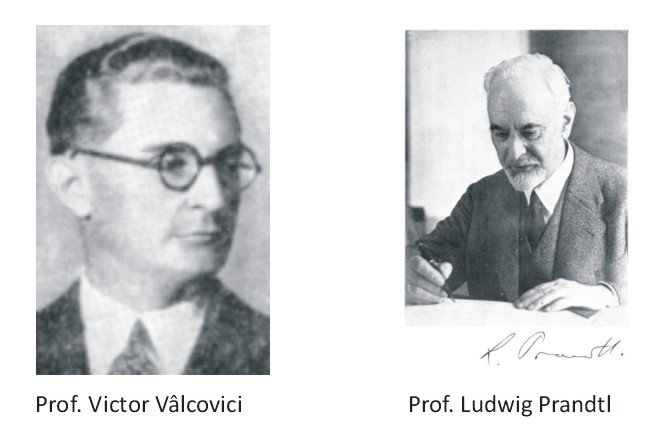
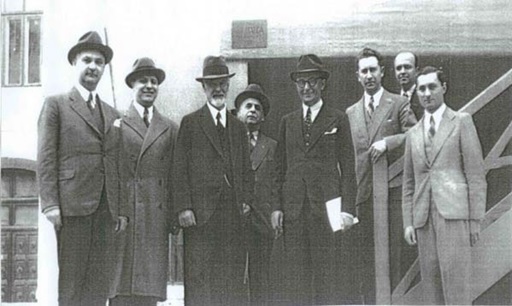
Ludwig Prandtl visited the Politechnical School in 1941, particularly to see the Wind Tunnel in Polizu. In the picture, from left to right: C.C. Teodorescu, Elie Carafoli, Ludwig Prandtl, Dionisie Germani, Victor Vâlcovici, Lucius Saveanu, Ion Cârstoiu and Nicolae Tipei.
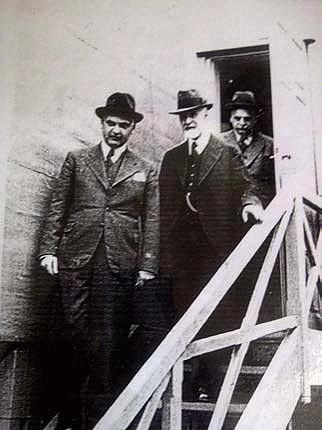
On the stairs of the tunnel, in this photo there are C. C. Teodorescu, Ludwig Prandtl and Dionisie Germani.

The experimental results at the end of an intense effort under the supervision of Prof. Vâlcovici, and later (after 1941) with the participation of the young mathematician Ion Șabac, the Wind Tunnel in Polizu and its creator Stroescu get an international recognition.
In 1943, Ion Stroescu’s presentation at the Research Academy in Berlin attracted appreciative remarks by Professors Ludwig Prandtl and A. Betz.
In 1946 at the Fourth Congress of Applied Mechanics, Ion Stroescu presents at Sorbone the paper “A New Type of Wind Tunnel”.
“Prof. Edmond Brun requested permission to use the blue prints of the Bucharest Wind Tunnel to build a similar one at Sorbone” (Prof. V. Vâlcovici).
Ion Stroescu stayed in France for 14 months, where he designed a special icing wind tunnel at Bellevue (ONERA).
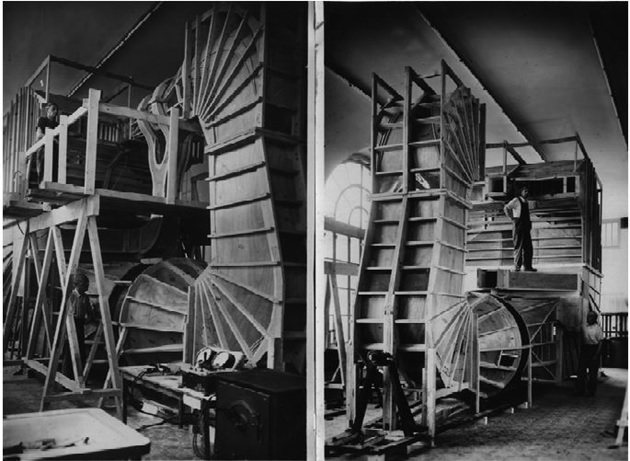
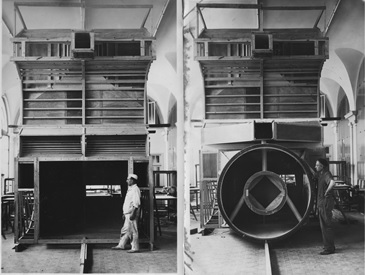
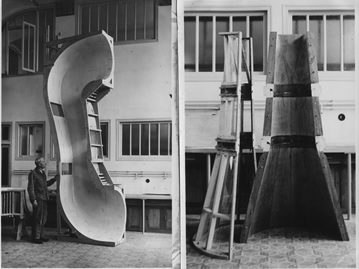

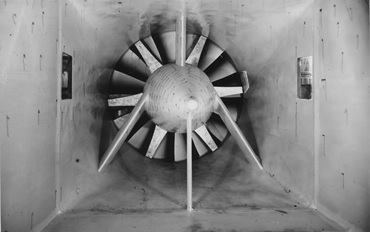
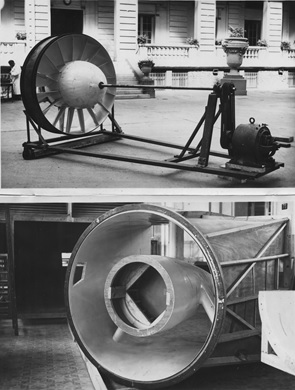
Wind Tunnel ONERA of Bellevue, France, designed by Ion Stroescu
In 1948, Ion Stroescu returned to Romania and worked at the Institute of Applied Mechanics of the Academy. In this capacity, he designs and builds the subsonic wind tunnel of the Militari Platform (INCAS).
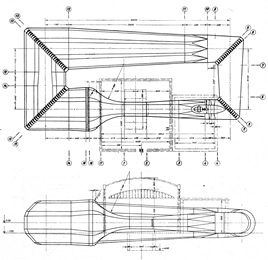
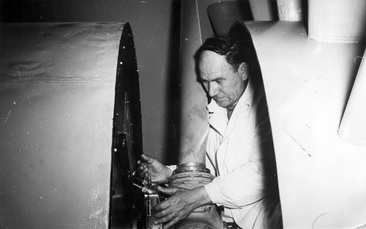
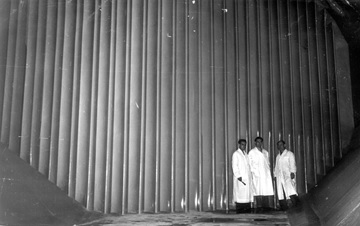
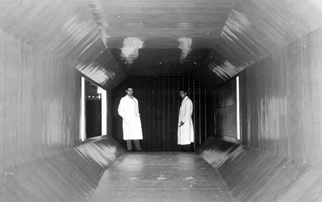
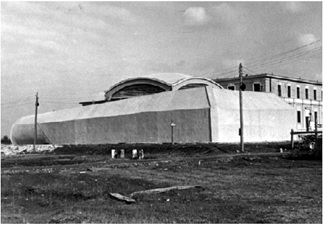

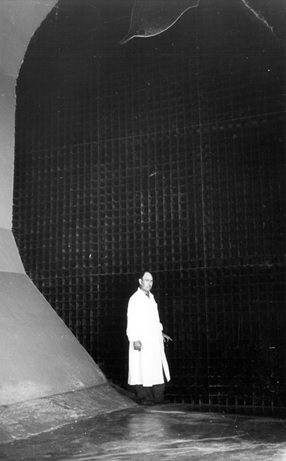
In 1960, Ion Stroescu was celebrated for the 70th anniversary and for 50 years of activity in aeronautics, at the Romanian Academy, by Acad. Elie Carafoli, Acad. Victor Vâlcovici, Acad. Dumitru Dumitrescu and Prof. Nicolae Tipei. On the occasion, he was recognized as an inventor and pioneer in experimental aerodynamics, as the leader of the Romanian aerodynamics.
Ion Stroescu died in 1961.
(This article was adapted after the presentations of Prof. Sterian Dănăilă, using original materials of the ”Elie Carafoli” Department of Aerospace Sciences, and using the paper of Conf. Nicolae Șerban Tomescu, ”An important achievement of Professor Ion Stroescu: the wind tunnel of the Polytechnic School of Bucharest” published in 2011 in the INCAS Bulletin. Another reference is the paper of Buiu V, Ion Stroescu (1888-1961) A Man and a Life –for a passion, INCAS BULLETIN, Volume 3, Special Issue/ 2011, pp. 1 – 15. A significant reference over the entire field is the book ”The History of the Higher Education in Aviation” by Prof. Virgil Stanciu)
FER Open Doors
GKN FOKKER ENGINEERING ROMÂNIA organizes an Open Doors event dedicated to the Faculty of Aerospace Engineering Year 2 students at its headquarters: 5-7 Dimitrie Pompeiu Blvd, Hermes Business Campus, Building 2, Level 3, Sector 2, Bucharest on 17 May 2019 from...
Openings at INCAS
INCAS - National Institute for Aerospace Research "Elie Carafoli" opens 4 positions for Structure Analysis engineers for a determined period within the projects Space Rider Cold Structure, Space Rider Drop Test, RoRCraft, with the following requirements: - university...
Alten Delivery Center Bucharest Events
Presentation ALTEN ALTEN Delivery Center Bucharest wants to come closer to the students from the Faculty of Aerospace Engineering and as a result, on the 1st of April we will come to the Faculty to give a presentation to students from 4th year. The...
ERASMUS+
The ERASMUS + interview takes place on March 26, 2019, at 16:00, Room I002. 10 students are enrolled.
AEROCONSULT 2019
“TOGETHER WE STAND, DIVIDED WE FALL!” This is the motto of the most long-drawn career fair type event organized by EUROAVIA București and this year it will take place between 25 and 26 of March! About to celebrate its tenth edition, AEROCONSULT grants students the...
Air Navigation Convention 2019 Making of a decade
Air Navigation Convention 2019 “Making of a decade”: 28-29th of March Air Navigation Convention, which celebrates this year its 10th edition, is an event organized by a group of students of the Air Navigation section of the Aerospace Engineering Faculty that...
Our Graduates Fulbright Student Award Winners 2019
Andreea Sfia, Faculty of Aerospace Engineering, Air Navigation, Alumna 2018 Mihai Golu, Faculty of Aerospace Engineering, Air Navigation, Alumnus 2017 Last year we saw the Fulbright announcement on our website and we decided to apply for...
Erasmus Open Days
Erasmus Open Doors (EOD) will take place on Tuesday, 5 March 2019, 12 pm in AN010 conference room. Every adventure starts with the first step, so put EOD in your agenda...
Alumnus Eng. Teodor Zanfirescu
Alumni Politehnica Aerospace Engineering association organizes historic meeting of the students and teaching staff of the Faculty of Aerospace Engineering with a remarkable Alumnus: Eng. Teodor Zanfirescu, graduate of 1954. The meeting will take place in...
CATIA Lab 2
Catia Lab is the laboratory by which UPB - Aerospace Engineering Faculty and ALTEN Delivery Center Bucharest (GECI Engineering Services) lay the foundations of the next generation of aircraft design engineers. We invite all interested students wishing to learn...

0 Comments